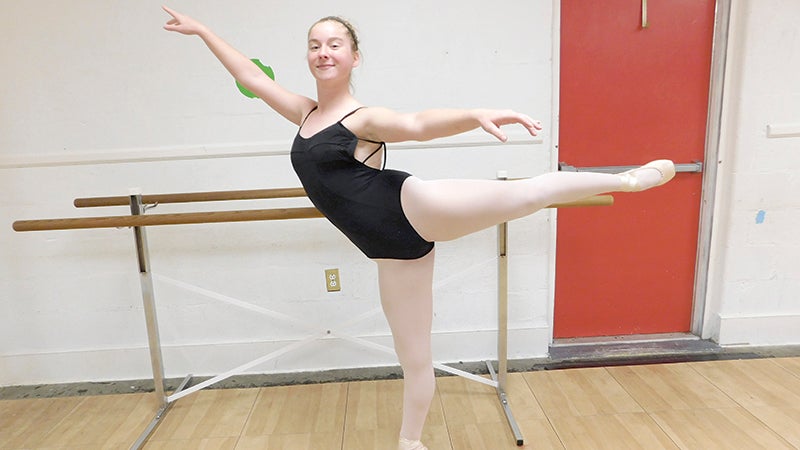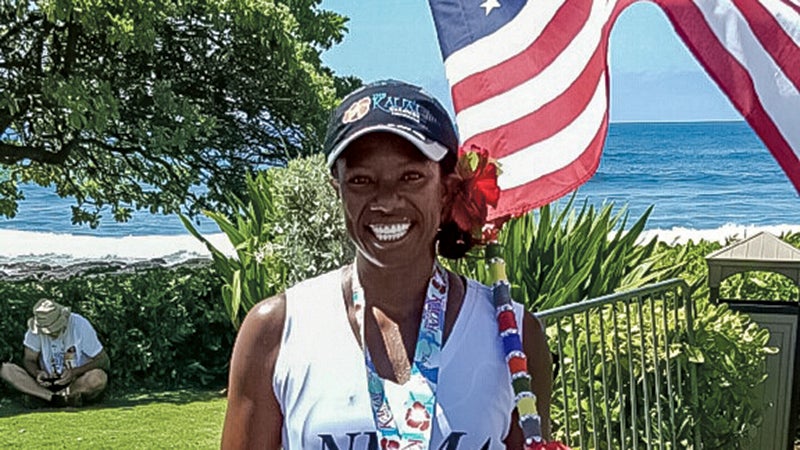Fortress flies over Suffolk
Published 9:14 pm Tuesday, September 9, 2014

In a slight drizzle at Suffolk Executive Airport on Tuesday, Jim Harner of the Commemorative Air Force stands in front of a B-17 “Flying Fortress” that will be taking folks on joy flights Friday, Saturday and Sunday. Grounded tours of the aircraft are also available from Wednesday. The aircraft flies out again Monday.
Jim Harner of the Commemorative Air Force says he has worked out a routine response when folks ask him what it’s like to fly in a B-17.
“I like to tell people it’s noisy, it’s smoky, it’s uncomfortable and it’s the best flight you will ever have. When the engines start up, there’s big puffs of smoke.”
Such would be an ill-advised sales pitch for a commercial airline, but it seems to work for the “Flying Fortress,” which is giving static tours and joy flights through Sunday after landing at Suffolk Executive Airport mid-morning Monday.
Boeing designed the heavy bomber and built it in the Seattle area. Under license, Lockheed Vega and Douglas also manufactured it in Southern California, according to Harner.
In 1934, the U.S. Army Air Corps had requested a “battleship of the skies” — a multi-engine bomber with a maximum speed of 200 to 250 miles per hour at 10,000 feet, a range of six to eight hours and a ceiling of 20,000 to 25,000 feet.
The Allies primarily flew the resulting aircraft in Europe, North Africa and the Pacific with a crew of 10 each, Harner said.
“The crews loved them because they could take a beating and still fly and get them home,” he added.
Out of the 12,731 B-17’s built, Harner said, about half were lost in combat or accidents. Many crewmembers were able to parachute into friendly territory, but many more were captured by the enemy and forced to endure prison camps.
Only about 10 of the planes left today are in flying condition, Harner said. “Sentimental Journey” — the B-17 visiting Suffolk — was assigned to the Pacific theater during the war, and later used as a photo mapping plane and air-sea rescue craft. During the 1950s, it was converted and used as an unmanned, radio-controlled drone to measure the effects of nuclear bombs during tests.
After becoming a civilian aircraft from 1959, it spent 18 years fighting forest fires around the country. It was donated to the Commemorative Air Force in 1978.
The aircraft is based in Arizona, and the group has a second B-17 based in Texas.
Harner explained that the aircraft flies around a different section of the U.S. during a portion of each year from Memorial Day. On Monday, the Sentimental Journey flew to Suffolk from Salisbury, Md. It’s scheduled to depart for Texas this coming Monday.
Options for exploring the Sentimental Journey, which is set up next to the airport terminal, include static tours and joy flights.
Tours cost $5 per adult, $2 for children 12 and under and are free for children 5 and under. Flights, available from Friday through Sunday, cost $425 to sit in the rear and $850 to sit in the nose. They last about 45 minutes, Harner said.
To book a flight, call 602-448-9415.





